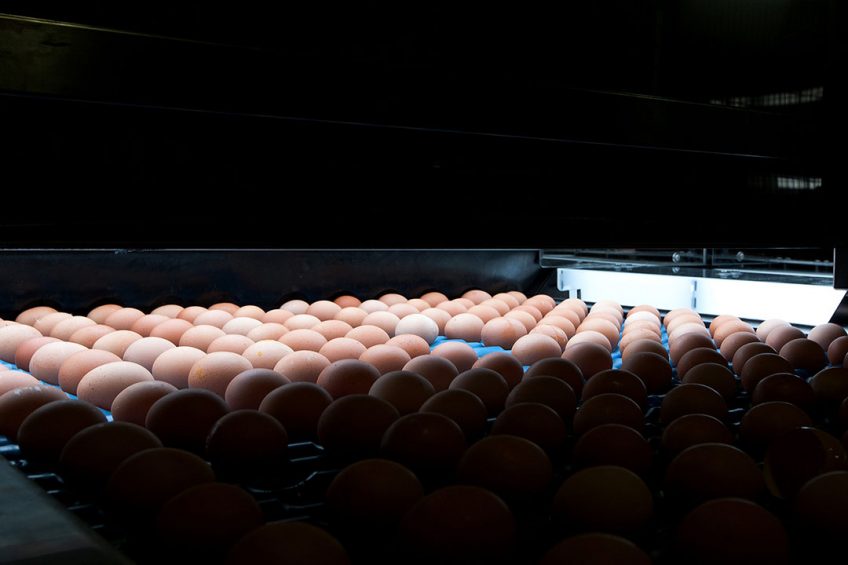Egg disinfection protocols in poultry

An egg spray disinfection practice can reduce the risk of transmission via the eggshell of E.coli from breeders to the offspring.
It has been found to influence the eggshell microbiome and to effectively reduce aerobic colony forming units in eggs.
Cutting the use of formaldehyde
The aim of the investigation was to look at the impact of a standard disinfection procedure used under commercial conditions on the eggshell microbiome as well as the presence of aerobic colony forming units (CFU) in different steps of disinfection.
At the same time, the study compared the microbiome and CFU of clean and dirty (floor) eggs. It also wanted to see under practical field conditions whether it was possible to cut the use of formaldehyde, which is a carcinogen.
The collaboration took place between Cyprus-based VitaTrace Nutrition and the Faculty of Medical Sciences at the University of Copenhagen. Sotiris Papasolomontos, VTN scientific adviser, told the ProHealth symposium that the first fumigation on farm took place with a mixture of 40ml 40% formalin and 20g potassium permanganate per cubic metre. Temperature and relative humidity of the fumigation was kept at between 24-26c and 60-80%.
Trained staff ensured the gas was well circulated through the chamber for 30 minutes with no escape possible. After transport to the hatchery, a 2nd round of fumigation was carried out using the same process and conditions. Dirty eggs were also subjected to a chlorine wash.
Also interesting: E.coli infections in broiler production
Egg foam spraying
Before the eggs were placed in the setters, egg foam spraying was carried out using a commercial product Virocid, a combination of glutaraldehyde and quarterly ammonium. After the spray-disinfection, both clean and dirty eggs had less than 10 CFU per sample, which ProHealth described as “a highly satisfactory result in terms of egg sanitation.” This was in spite of the dirty eggs having an original CFU rate 20 times higher than the clean eggs.
Mr Papasolomontos said: “ It looks like we can avoid and indeed eliminate a second formaldehyde fumigation and rely on Virocid foam spraying.
“If so, it would be better for health and safety, the environment and perhaps hatchability.”
Future studies
ProHealth said future studies remain to investigate the impact of the disinfection procedure on trans-shell bacterial migration, and how hatcher incubation affects the microflora of eggs, which are largely deprived of their natural protective bacteria (commensalism flora) by the disinfection.













